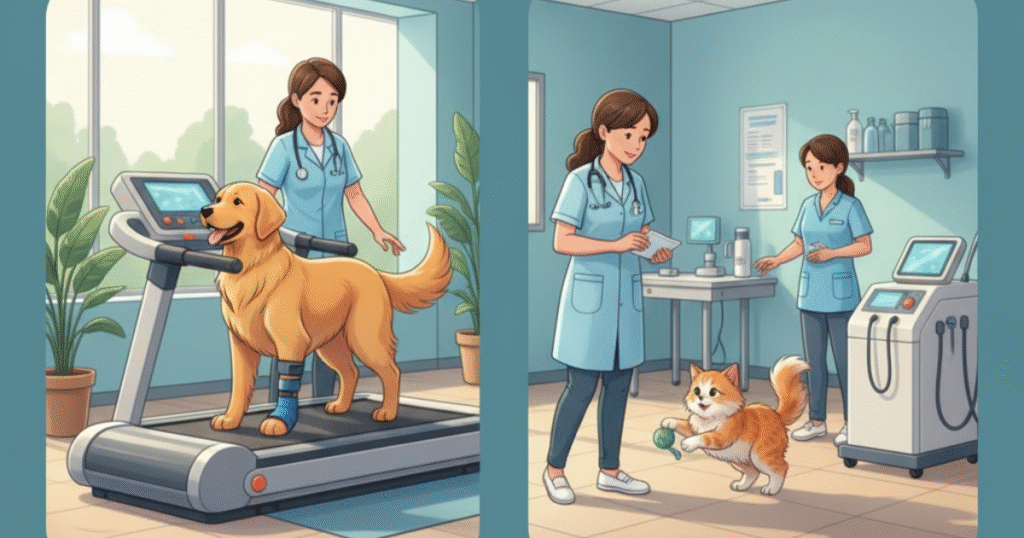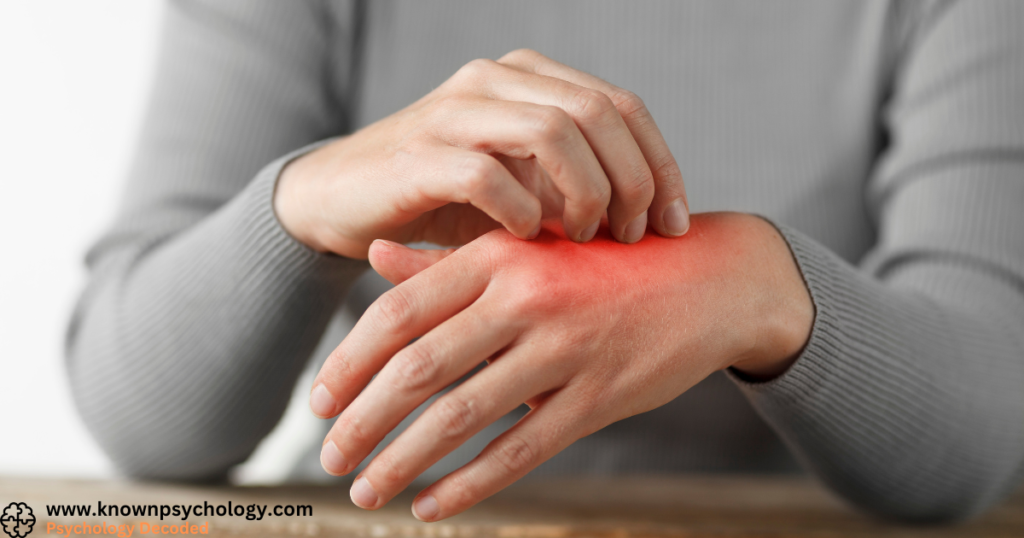
When your pet faces an injury or illness, it can feel overwhelming. You want the best care for them. That’s where animal hospitals step in to help. They offer guidance and support throughout the rehabilitation process. Ogden veterinarian provides a clear path forward. The animal hospital team works closely with pet owners. They explain each step, ensuring you understand your pet’s needs. Clear communication and empathy build trust between you and the team. You’ll find that animal hospitals focus on three key areas: assessment, treatment, and follow-up. First, they assess your pet to determine the best care plan. Then, they provide effective treatments to support recovery. Finally, they set up follow-up appointments to monitor progress. This comprehensive approach ensures your pet receives the care they deserve. You are not alone in this journey. Animal hospitals stand by your side, guiding you through rehabilitation with expertise and compassion.
Understanding the Assessment Process
Assessment is the first step in your pet’s rehabilitation. The veterinary team conducts a thorough examination. They evaluate your pet’s overall health and the specifics of their condition. This ensures a customized treatment plan. During the assessment, the team considers various factors. These include the type of injury or illness, your pet’s age, breed, and activity level. Understanding these elements helps the team identify the best rehabilitation strategies.
For more information on veterinary assessment procedures, you can refer to the American Veterinary Medical Association.
Exploring Treatment Options
Once the assessment is complete, the veterinary team outlines a treatment plan. Treatment options vary depending on your pet’s needs. Common treatments include physical therapy, hydrotherapy, and laser therapy. Each of these treatments plays a vital role in aiding recovery.
| Treatment Type | Description | Benefits |
| Physical Therapy | Exercises and techniques to improve mobility | Enhances strength and flexibility |
| Hydrotherapy | Water-based exercises | Reduces strain on joints |
| Laser Therapy | Use of laser light for healing | Decreases inflammation and pain |
Regular Follow-Up and Monitoring
After treatment, follow-up is crucial. The veterinary team schedules regular appointments to track progress. They adjust the rehabilitation plan as needed. This ongoing support ensures your pet continues to heal effectively. Additionally, they provide you with guidance on home care. This may include exercises or dietary adjustments to aid recovery.
Empowering Pet Owners
Animal hospitals empower you with knowledge and tools. They help you navigate the rehabilitation process with confidence. By understanding each step, you can make informed decisions about your pet’s care. This collaborative approach strengthens the bond between you and your pet.
For detailed resources on rehabilitation techniques, visit the University of Wisconsin School of Veterinary Medicine.
The Role of Compassion in Rehabilitation
Compassion is at the heart of every rehabilitation journey. Veterinary teams approach each case with empathy, addressing both physical and emotional needs. This compassionate care fosters a positive environment for healing. Feeling supported reassures both you and your pet throughout this journey.
Conclusion
Animal hospitals guide you through your pet’s rehabilitation with expertise and care. From assessment to follow-up, the process is thorough and supportive. You are never alone. With the right guidance, your pet can recover and thrive. Trust in the compassionate care provided by experienced veterinary teams. Together, you can ensure the best outcomes for your beloved companion.
Mariam holds an MS in Sociology with a specialization in Medical Sociology and Social Psychology. With a strong academic background and extensive research work in both fields, she brings depth and clarity to complex topics. Her writing explores the intersection of society, health, and the human mind, making academic ideas easy to grasp and relevant to everyday life.


